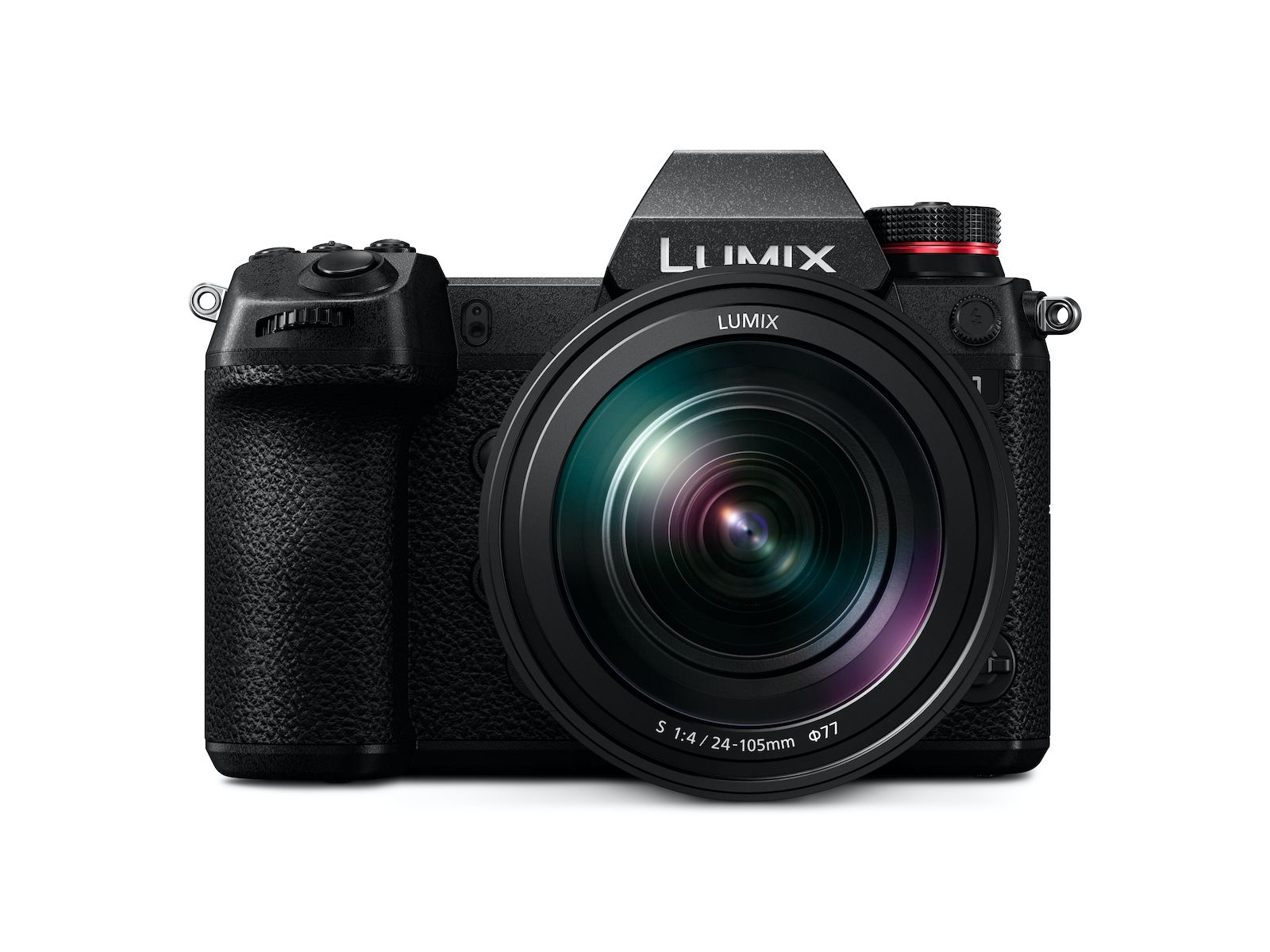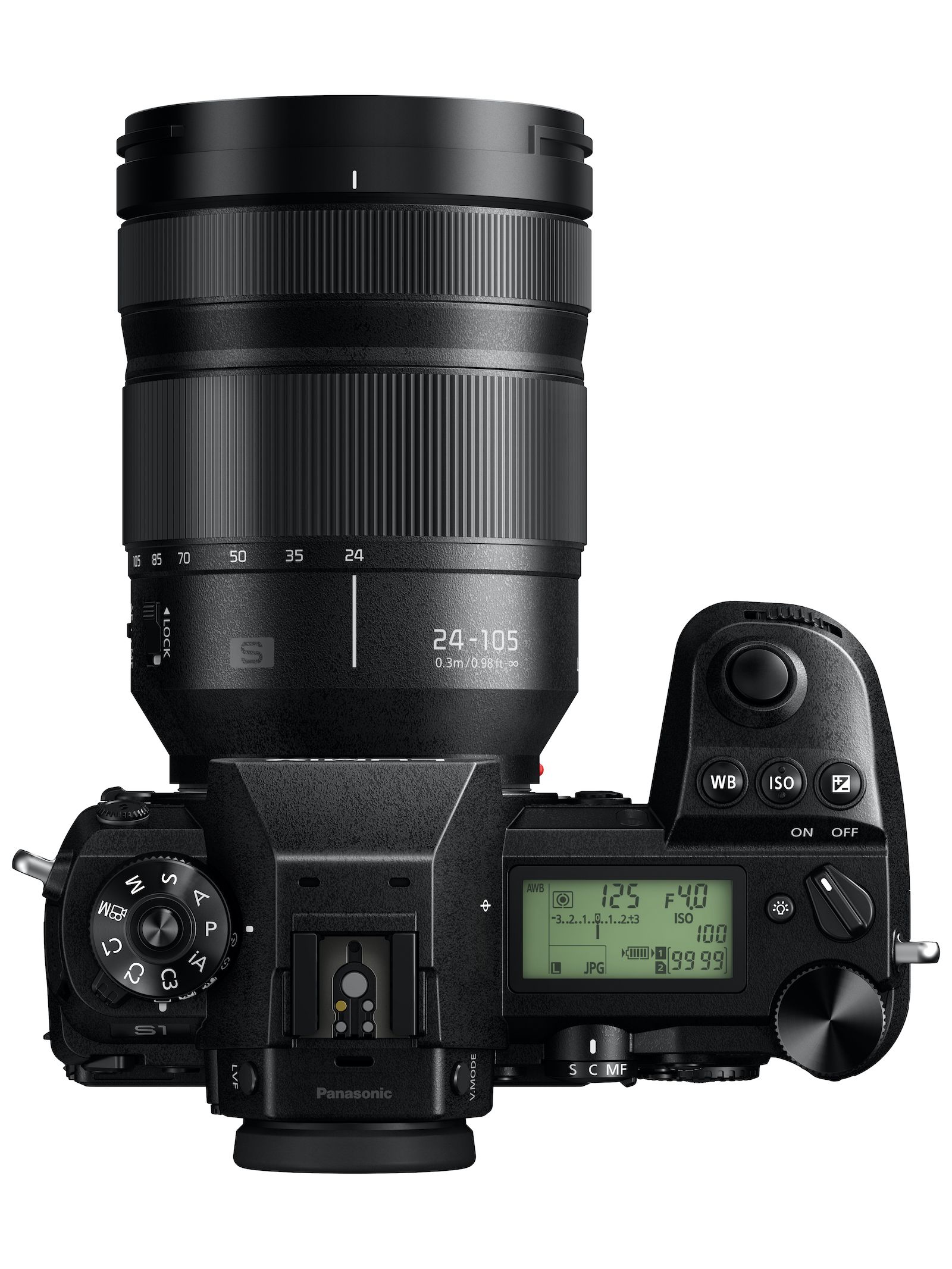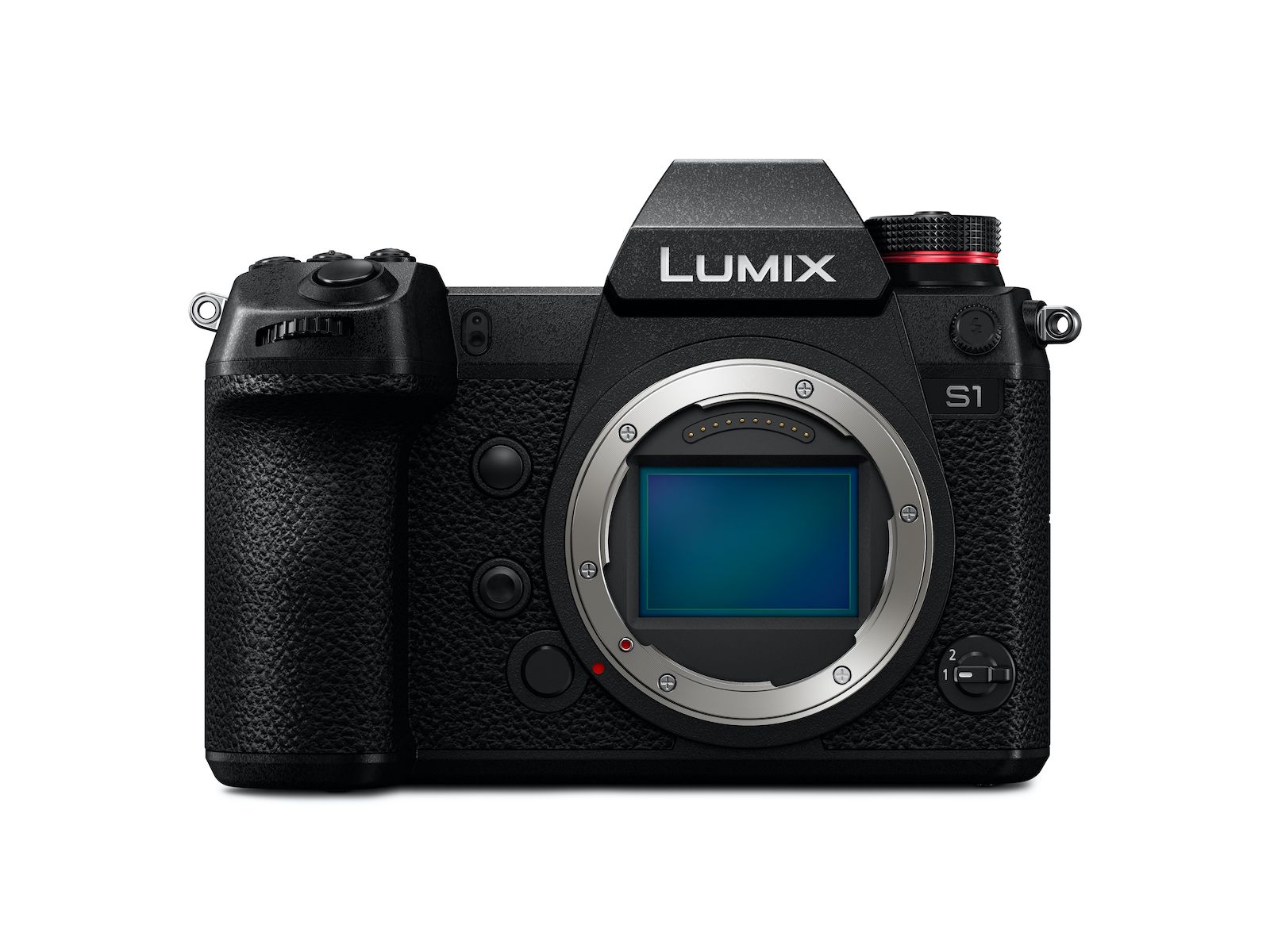Panasonic’s first full-frame mirrorless has caught the attention of professional stills and video shooters, thanks to its culmination of class-leading features. The Lumix G-series has been a firm favourite across a wide range of users since its launch in 2008, and so the expectations on the Lumix S1 were great. The S1 builds on this solid foundation and adds the benefits of a much larger digital sensor and a brand-new lens mount, created in partnership with two of the biggest names in optics. But the Panasonic S1 is more than just an upscaled mirrorless camera. Here are five reasons we think this camera is really special.
It shoots 4K video without cropping in
The Panasonic S1 in video mode offers a choice of HD (1920x1080p) resolution at 24fps, 25fps, 50fps or 60fps, or 4K (3840x2160p) at 24fps, 25fps, 30fps, 50fps or 60fps. Most digital cameras that offer a 4K resolution video crop the image in to do so, which leads to a narrower view. Though the S1 can shoot in this cropped-in APS-C format, it can also shoot in an oversampled mode in 4K at up to 30fps, which uses the full sensor and therefore, the full wide view of the lens. There is also a high-speed mode, which shoots at 180fps in HD to give a slow-motion effect. Those wanting even more from their video can pay for an firmware upgrade, which adds 10-bit capture, Log gamma, waveform displays and the ability to upload look-up tables.
It can capture 96-million-pixel images
The S1 features a 24-million-pixel sensor, which alone can create highly detailed images good enough to hang on your wall or in a gallery. But put the camera into its special high-resolution mode and it will output a 96MP image. It does this by taking a series of shots and combining them in-camera, using its sensor shift technology. This is designed for landscape and still life subjects, where you won’t have movement in the scene, and must be taken on a tripod to reduce camera movement. It offers toggleable motion correction to fine tune any alignment.
Panasonic LUMIX DC-S1
It has in camera stabilisation
Like the Lumix G-series, the S1 has a 5-axis in-body dual sensor stabilisation system. This provides active stabilisation to combat camera shake to an equivalent of around 5.5 stops, using non-stabilised lenses. The system can also be paired with the new OIS lenses to create the Dual IS 2 system. This, together, provides up to six stops of image stabilisation, enabling you to shoot crisp images even in really low light conditions. If you want to see just how hard the system is working, the Image Stabiliser Status Scope displays your movement on the screen over the very still image.
It has the highest resolution viewfinder
Electronic viewfinders have come a long way over the years but the S1 takes it to a new level. With 5.76 million dots and a 120 frames-per-second refresh rate, this is the highest resolution electronic viewfinder on the market. The result is the most lifelike of image views, with the added advantage of an accurate preview of the final image and all the overlaid shooting information. The viewfinder also features an eye sensor to allow the camera to enter a sleep mode when taken away from your eye, and a large round rubberised eye cup for a comfortable fit.
Images can also be previewed and reviewed using the large 3.2-inch 2.1-million-dot rear LCD screen. This is mounted on a tri-axel bracket, allowing it to tilt both vertically and horizontally for easy viewing in both portrait and landscape orientations.
It has a dedicated new lens mount
To get the very best performance from the new full frame sensor of the S1, Panasonic has developed a brand-new lens mount in collaboration with Leica and Sigma. There are currently four Panasonic L mount lens, including the S Pro 50mm f/1.4 prime lens, the S 24-105mm f/4 all-purpose standard zoom, the S Pro 70-200mm f/4 telephoto, and the S Pro 24-70mm f/2.8 standard zoom. There is also a 70-200mm f/2.8 telephoto and a 16-35mm f/4 wide angle due later in 2019, but this is just the beginning. Panasonic plan to have a more than 11 L mount lenses by the end of 2020, and there another 18 compatible Leica lenses, and 17 Sigma lenses due to be available soon.
Loan an S1
Panasonic has launched a new scheme to allow photographers to borrow its Lumix S series full frame cameras and lenses to try out for free. Professional and serious amateurs can trial Lumix S equipment for a two week period to cover a specific project or just to enjoy a chance to see what they can do.



